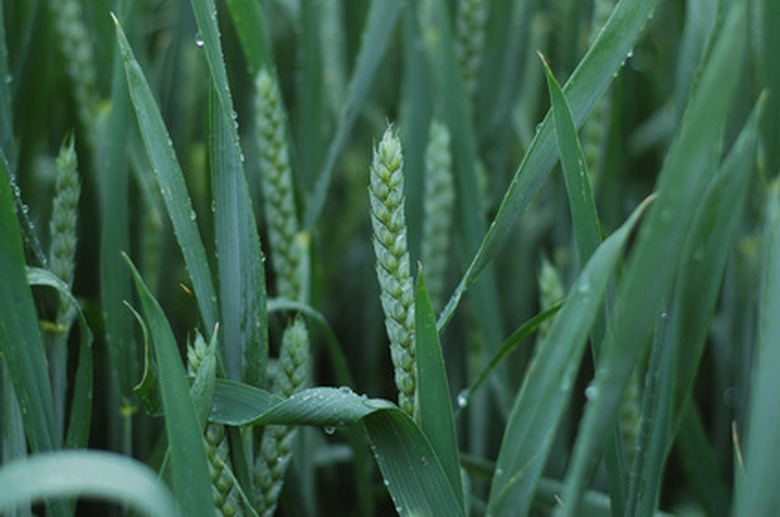How To Stop Grass From Growing So Fast
Things Needed
- Lawnmower
- Grass clippings
- Slow-growth grass seed
While many homeowners like to have a lush, green carpet of grass for their yard or lawn, keeping your grass looking good can require a lot of maintenance. If you have a fast-growing grass, the work can be even more intense. Consider switching to a low-maintenance, slow-growth grass suited to your area (see reference section). If you are stuck with a fast-growing grass, there are still some things you can do to keep the grass from growing quickly.
Step 1
Stop fertilizing your lawn. If you've been applying nitrogen or lawn fertilizers to your yard for green growth, stop the practice. This, along with frequent watering, will increase growth and can cause fast-growing grass varieties to explode with new growth.
- While many homeowners like to have a lush, green carpet of grass for their yard or lawn, keeping your grass looking good can require a lot of maintenance.
- If you've been applying nitrogen or lawn fertilizers to your yard for green growth, stop the practice.
Step 2
Mow the lawn less. Mowing actually encourages new growth, because the grass is continually under pressure to add more leaf area. Raise the height of your mower blades so that your lawn is cut taller, setting the blades to the top of the recommended height for your grass variety. This will reduce the grass's need to grow quickly.
Step 3
Leave the grass clippings on the lawn after you mow. This acts as a gentler, natural mulch and fertilizer, keeping your grass adequately fed without fertilizer, so that it is healthy, but not out of control.
Step 4
Decrease watering. Water and fertilizer are the keys to growth, so taking them away will slow your grass's growth. Reduce the frequency of watering to once a week, including natural rainfall. If it rains, don't water the grass. In times of drought, weekly watering is enough. This will force the grass to put more energy into root growth than leaf growth.
- Mowing actually encourages new growth, because the grass is continually under pressure to add more leaf area.
- This will reduce the grass's need to grow quickly.
Step 5
Reseed the lawn with a slow-growing grass, if possible. Among warm-season grasses, centipede and zoysia are slow-growing grasses that you might want to switch to or double-seed (or reseed) with. For cool-season slow-growth grasses, lawn fescues or millets are worth a try.
Warning
If conditions are right in your area, all your efforts to slow the growth of your grass might still not be helpful, because if nature provides heavy rainfall and ideal growing temperatures for your grass, it may grow quickly no matter what you do.
